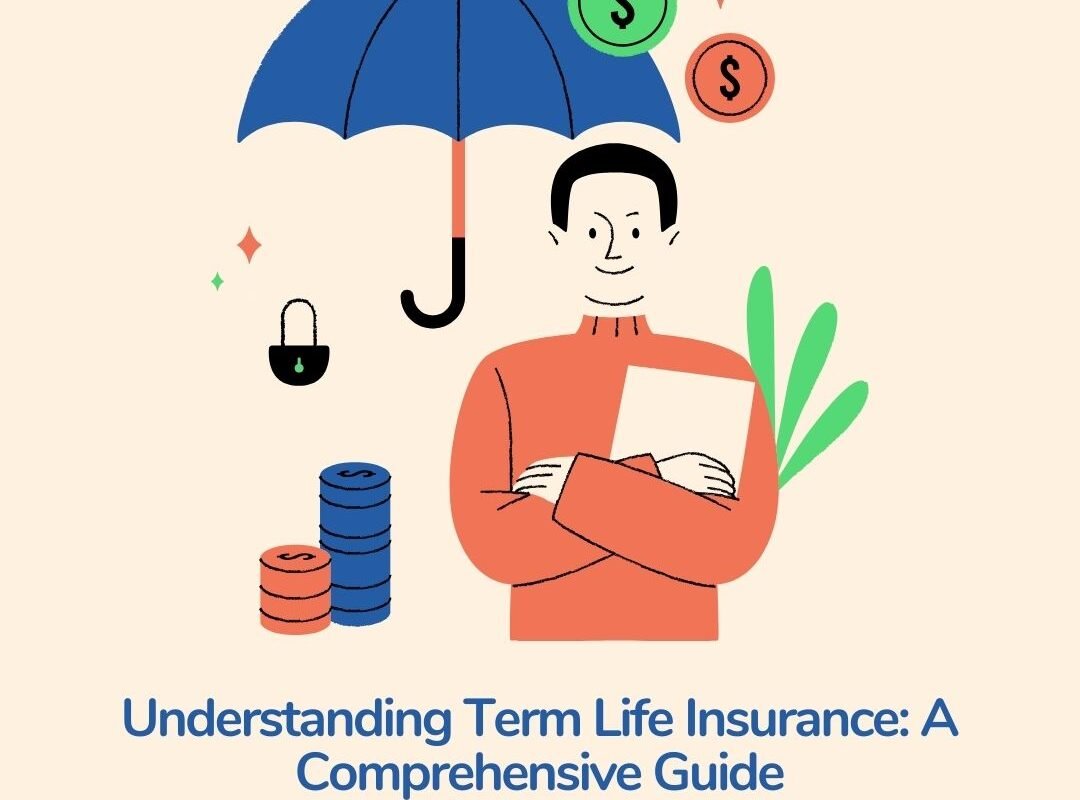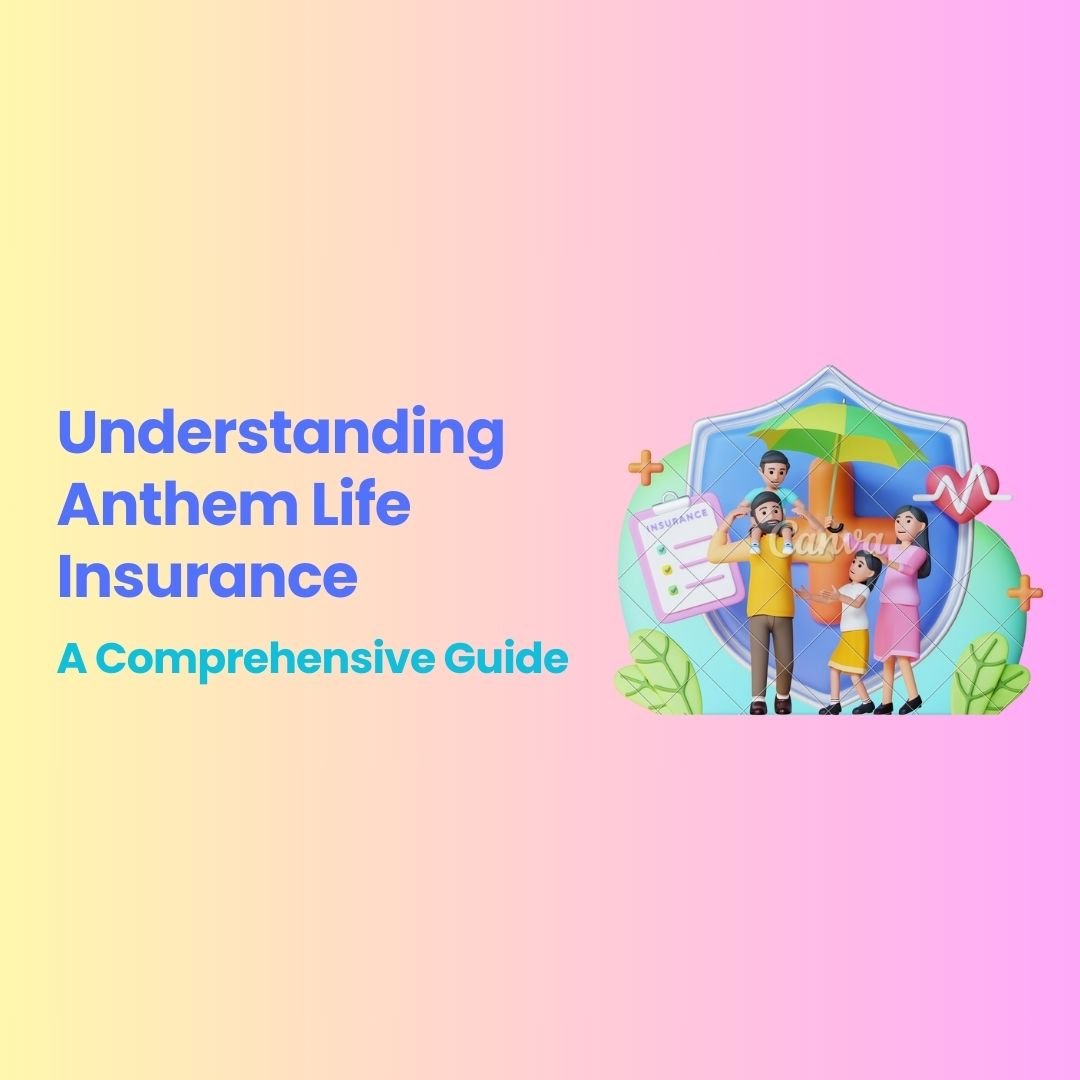Term life insurance is a straightforward and accessible form of life insurance designed to provide financial protection for a specific period, or “term.” Unlike whole life insurance, which offers lifelong coverage and a cash value component, term life insurance focuses solely on providing a death benefit to the beneficiaries if the insured passes away during the policy term. This makes it an attractive option for individuals seeking affordable and uncomplicated life insurance coverage.
The primary purpose of term life insurance is to offer financial security to loved ones in the event of the policyholder’s untimely death. This can help cover expenses such as funeral costs, outstanding debts, mortgage payments, and even future education expenses for dependents. By choosing a term that aligns with significant financial responsibilities, policyholders can ensure that their family’s financial needs are met without the complexity and higher premiums associated with permanent life insurance policies.
Key features of term life insurance include its simplicity and cost-effectiveness. Premiums are typically lower compared to permanent life insurance since the policy covers a limited period and does not accumulate cash value. Policyholders can select coverage terms ranging from 10 to 30 years, depending on their specific needs and financial goals. Additionally, term life insurance policies often come with the option to convert to permanent coverage, providing flexibility if circumstances change.
In summary, term life insurance is an essential component of a comprehensive financial plan for those seeking straightforward, affordable, and temporary life insurance coverage. Its primary goal is to ensure that beneficiaries are financially protected during the policy term, offering peace of mind to policyholders without the complexities and higher costs associated with other types of life insurance.
How Term Life Insurance Works
Term life insurance is a straightforward form of life coverage designed to provide financial protection for a specified period, known as the “term.” Typically, these terms range from 10, 20, to 30 years, although other durations can be available depending on the provider. The primary objective is to ensure that if the policyholder passes away during the active term, their beneficiaries receive a predetermined death benefit.
To maintain this coverage, policyholders are required to make regular premium payments. These premiums are generally fixed for the duration of the term, meaning they do not increase as the policyholder ages or if their health status changes. This predictability makes term life insurance an attractive option for individuals seeking affordable and reliable coverage.
One of the key components of term life insurance is the death benefit. This is the amount of money that will be paid out to the beneficiaries if the policyholder dies during the term. This benefit can be used by the beneficiaries for various purposes, such as covering living expenses, paying off debts, or funding education. The exact amount of the death benefit is determined when the policy is purchased, and it remains constant throughout the term.
When the term of the policy ends, the coverage generally ceases, and no benefits are paid out if the policyholder remains alive. Policyholders have several options at this juncture: they can choose to renew the policy for another term, which may involve higher premiums due to the increased age and potential health changes; they might convert the policy to a permanent life insurance policy, which typically has higher premiums but offers lifelong coverage; or they can allow the policy to lapse, with no further premiums or coverage.
Understanding how term life insurance works is crucial for making informed decisions about one’s financial future. By comprehending the structure, premium payments, and the death benefit, individuals can better assess whether term life insurance aligns with their long-term planning needs.
Types of Term Life Insurance
When considering term life insurance, it’s essential to understand the various types available to make an informed decision. The three primary types of term life insurance are level term insurance, decreasing term insurance, and renewable term insurance. Each type has distinct features and benefits that cater to different financial needs and goals.
Level Term Insurance: This is the most common type of term life insurance. With level term insurance, the death benefit remains constant throughout the policy’s duration. For instance, if you purchase a 20-year level term policy with a $500,000 death benefit, your beneficiaries will receive $500,000 if you pass away at any point during those 20 years. The predictability of premiums and death benefits makes level term insurance a popular choice for individuals seeking stability and straightforward coverage.
Decreasing Term Insurance: Decreasing term insurance is designed to provide a death benefit that decreases over time, typically in line with a mortgage or other debt repayment schedules. For example, if you have a 30-year mortgage, you might choose a 30-year decreasing term policy where the death benefit reduces as you pay off your mortgage. This type of insurance is ideal for those looking to ensure their debts are covered, as it is generally more affordable than level term insurance due to the declining risk to the insurer over time.
Renewable Term Insurance: Renewable term insurance offers the flexibility to renew your policy without undergoing a medical exam at the end of the term. While the premiums may increase with each renewal based on age and other factors, this type of insurance is beneficial for those who may face changing health conditions over time. Renewable term insurance provides the assurance of continued coverage, even if your health deteriorates, which can be a significant advantage for many policyholders.
In comparing these types, level term insurance stands out for its consistency in coverage and premiums, making it suitable for long-term financial planning. Decreasing term insurance aligns well with specific debt repayment needs, offering a cost-effective solution. Renewable term insurance grants flexibility and peace of mind, particularly for those concerned about future insurability. Understanding these options allows you to choose the term life insurance policy that best fits your financial situation and coverage requirements.
Benefits of Term Life Insurance
Term life insurance offers a range of benefits that make it an attractive option for many individuals seeking financial protection. One of the primary advantages is its affordability. Term life insurance policies typically have lower premiums compared to whole life insurance. This cost-effectiveness allows individuals to obtain substantial coverage without straining their finances, making it an ideal choice for those on a budget.
Another significant benefit is the simplicity of term life insurance. The structure of these policies is straightforward: the policyholder pays premiums for a specified term, and if they pass away during this term, the beneficiaries receive a death benefit. This simplicity makes it easier for policyholders to understand the terms and conditions of their insurance, avoiding the complexities often associated with other types of life insurance.
Flexibility is also a notable advantage of term life insurance. Policyholders can choose the length of the term based on their specific needs, such as 10, 20, or 30 years. This flexibility allows individuals to align their insurance coverage with their financial goals and obligations. For instance, young families may opt for term life insurance to ensure financial security during the years when their children are dependent on them. Similarly, individuals with temporary financial obligations, like a mortgage or educational loans, can benefit from term life insurance to cover these liabilities.
Term life insurance is particularly beneficial for young families who need to provide financial protection during the crucial years of child-rearing. It ensures that, in the event of an untimely death, the family can maintain their standard of living and meet future financial commitments. Additionally, term life insurance serves well for individuals whose primary concern is covering temporary financial responsibilities, as it allows them to secure coverage for a specific period without committing to a lifetime policy.
In summary, the affordability, simplicity, and flexibility of term life insurance make it a practical choice for many. Its ability to provide targeted financial protection during specific periods of life makes it especially suitable for young families and those with temporary financial obligations.
Disadvantages of Term Life Insurance
While term life insurance offers several benefits, it is important to consider its potential drawbacks to make an informed decision. One of the primary disadvantages is the lack of cash value accumulation. Unlike whole life insurance, term life policies do not build any cash value over time. This means that policyholders will not have a savings component or investment return. Once the term ends, the policyholder receives no financial benefit unless a claim is made during the coverage period.
Another significant downside is the possibility of outliving the term. Term life insurance provides coverage for a specified period, typically ranging from 10 to 30 years. If the policyholder outlives the term, the coverage expires, and there is no death benefit payout. This scenario may leave individuals without life insurance at a time when they might still need financial protection, potentially leading to additional costs if they choose to purchase a new policy at an older age.
Additionally, term life insurance often requires renewal or conversion options to extend coverage beyond the initial term. Renewing the policy can lead to significantly higher premiums, especially as the policyholder ages or if their health status changes. This increase in cost can pose a financial burden and may not be feasible for everyone. Conversion options, which allow a term policy to be converted into a permanent life insurance policy, can offer a solution, but these too may come with higher premiums and additional restrictions.
Understanding these limitations is crucial for anyone considering term life insurance. It is essential to weigh these potential disadvantages against the benefits and consider individual circumstances, such as age, health, and long-term financial goals. By doing so, individuals can better determine whether term life insurance aligns with their needs and provides the desired level of financial protection for their loved ones.
Choosing the Right Term Life Insurance Policy
When selecting the most suitable term life insurance policy, several critical factors must be considered to ensure it meets your unique needs and financial circumstances. The first factor to evaluate is the length of the term. Term life insurance policies typically offer terms ranging from 5 to 30 years. It’s essential to align the term length with your financial goals and obligations. For instance, if you have young children, you might opt for a longer term that covers the years until they are financially independent.
Another crucial consideration is the amount of coverage needed. To determine the appropriate coverage, assess your current and future financial responsibilities, including outstanding debts, mortgage payments, education expenses, and income replacement needs. Adequate coverage should provide financial security for your beneficiaries to maintain their standard of living in your absence.
The financial stability of the insurance company is also a vital factor. Research the company’s ratings from independent agencies like A.M. Best, Moody’s, or Standard & Poor’s to gauge their financial health. A stable and reputable insurer will be more likely to meet its obligations and provide the payout when needed.
Comparing policies from different insurers is an effective strategy to ensure you get the best rates. Utilize online comparison tools and consult with insurance brokers to receive multiple quotes. Pay attention to the policy’s features, such as conversion options, renewal terms, and any additional riders that may enhance the coverage. While cost is an important consideration, it should not be the sole determinant; the policy’s terms and the insurer’s reliability are equally significant.
By carefully evaluating these factors, you can make an informed decision and select a term life insurance policy that offers the right balance of coverage, affordability, and security. This thoughtful approach will provide peace of mind, knowing that your loved ones are financially protected.
Common Misconceptions About Term Life Insurance
Term life insurance often faces numerous misconceptions that can deter individuals from considering it as a viable option. One prevalent myth is that term life insurance is prohibitively expensive. In reality, term life insurance is generally more affordable than whole life insurance. The cost-effectiveness of term policies makes them accessible to a broader demographic, particularly younger individuals or families seeking financial protection without high premium costs.
Another common misunderstanding is the belief that term life insurance does not provide substantial coverage. This is misleading, as term policies can offer significant death benefits, tailored to meet the policyholder’s specific needs. Unlike whole life insurance, which combines a death benefit with a savings component, term life insurance focuses purely on providing financial support to beneficiaries during the policy term. This targeted approach ensures that beneficiaries receive the full face value of the policy without the dilution of funds into savings accounts.
There is also confusion regarding the differences between term life insurance and whole life insurance. Term life insurance is designed to provide coverage for a specified period, such as 10, 20, or 30 years. In contrast, whole life insurance offers lifelong coverage and includes a cash value component that accumulates over time. While whole life insurance can be beneficial for estate planning and as an investment vehicle, term life insurance is often more suitable for those seeking straightforward, temporary coverage to protect dependents during critical financial years.
Lastly, some individuals believe that term life insurance is a waste of money if they outlive the policy term. This perspective overlooks the primary purpose of term life insurance: to provide financial security during a specified period when dependents rely heavily on the policyholder’s income. By choosing a term that aligns with significant financial obligations, such as mortgage payments or children’s education expenses, policyholders can ensure that their dependents are safeguarded during the most vulnerable years.
Conclusion and Next Steps
Understanding term life insurance is crucial for anyone looking to secure their financial future and provide for their loved ones. Throughout this comprehensive guide, we’ve explored what term life insurance is, its benefits, and various factors to consider when choosing a policy. By understanding these key points, individuals can make more informed decisions that align with their financial goals and personal circumstances.
Term life insurance offers a straightforward, cost-effective way to ensure financial security for a specified period. Its simplicity makes it an attractive option for many, but it is essential to thoroughly assess one’s own needs before committing to a policy. Each person’s situation is unique, and the ideal term life insurance policy should reflect that individuality.
For those interested in purchasing term life insurance, the next steps involve concrete actions that can bring this crucial protection within reach. Start by obtaining quotes from multiple insurance providers to get a sense of the range of available options. Comparing policies based on factors such as coverage amount, term length, and premium cost will help narrow down the choices to find the most suitable policy.
Consulting with a financial advisor can provide additional insights tailored to your specific financial situation. A professional can help clarify any uncertainties and guide you towards making a sound decision. They can also assist in balancing term life insurance with other financial planning tools to ensure a comprehensive approach to financial security.
Ultimately, the goal is to select a term life insurance policy that meets your needs, fits within your budget, and offers peace of mind. By following these steps and leveraging professional advice, you can confidently navigate the process and secure the protection your loved ones deserve.



